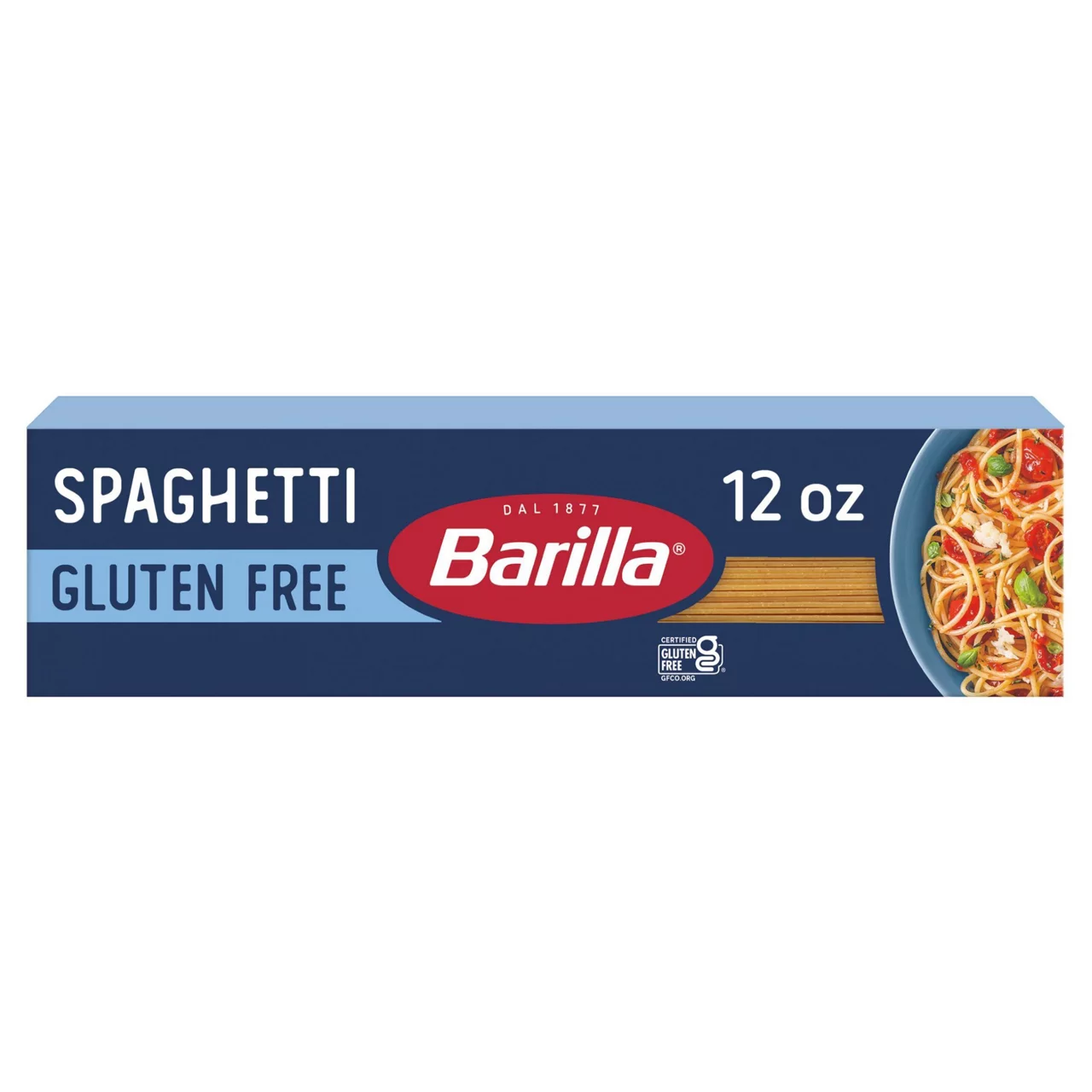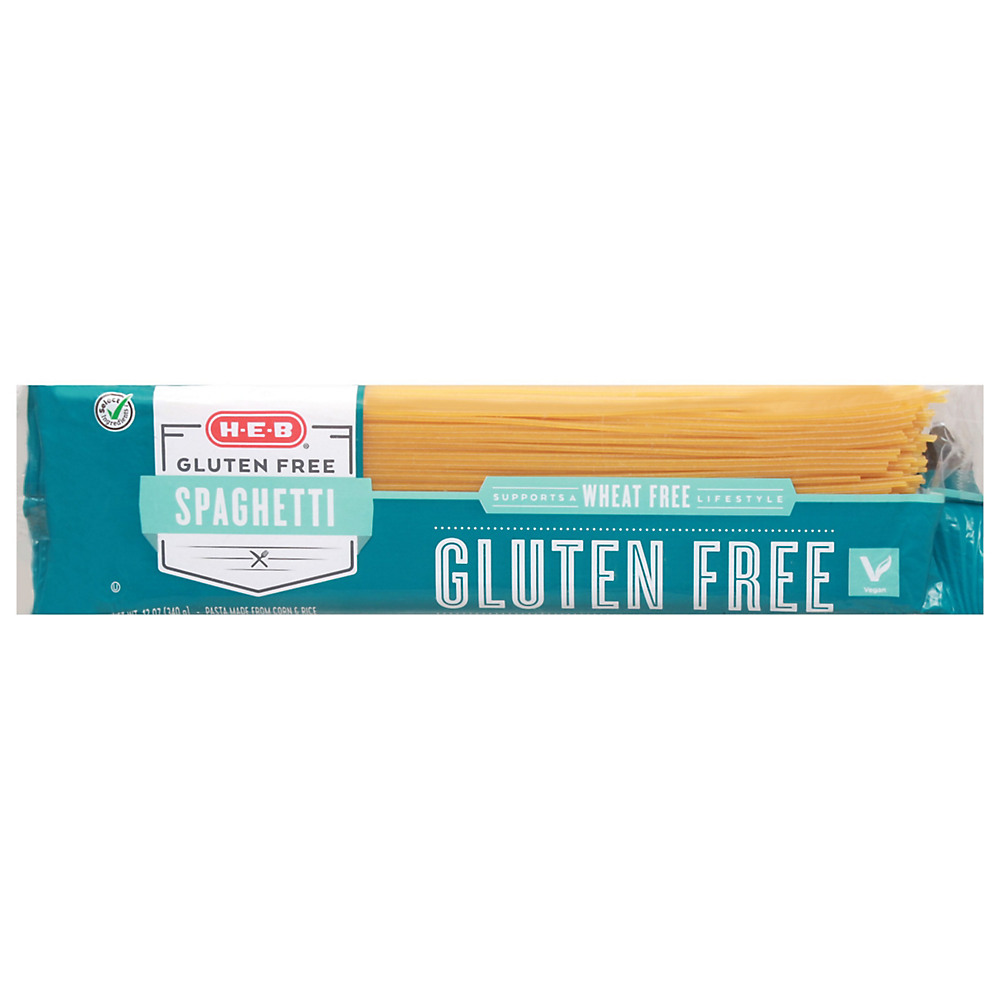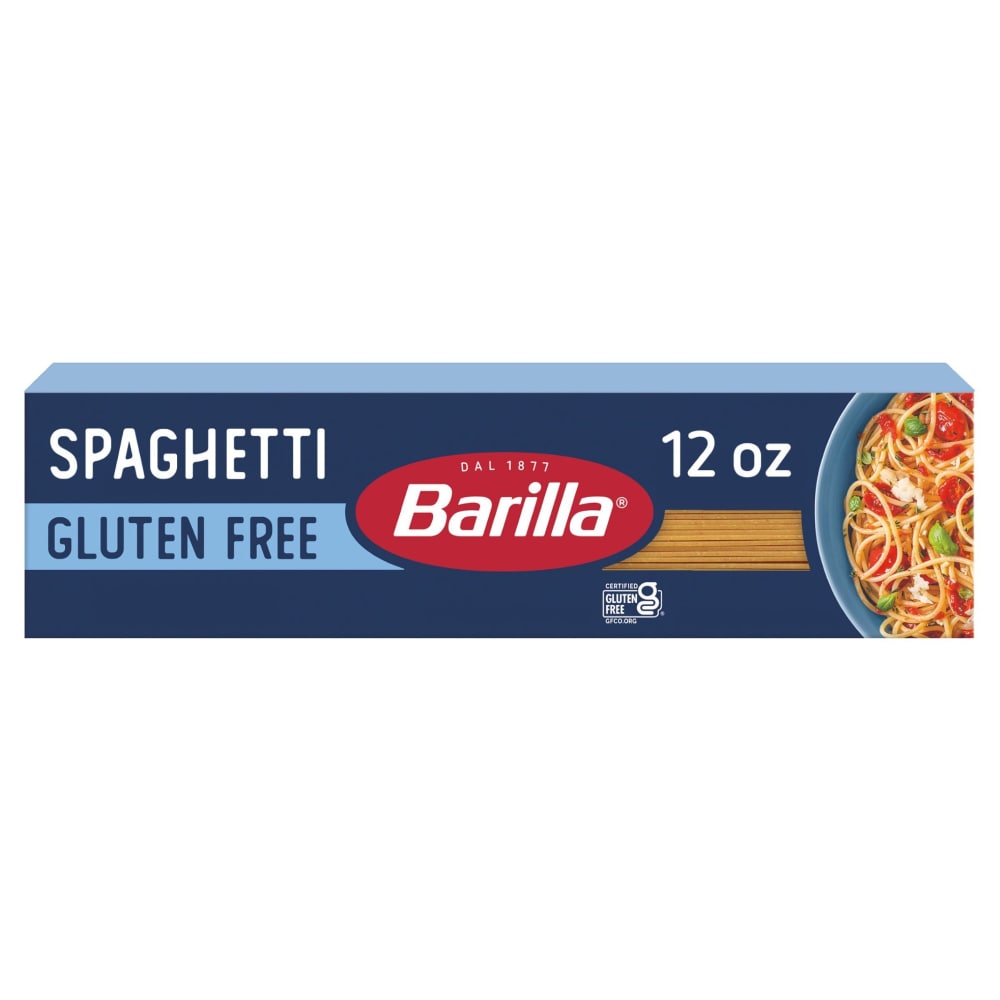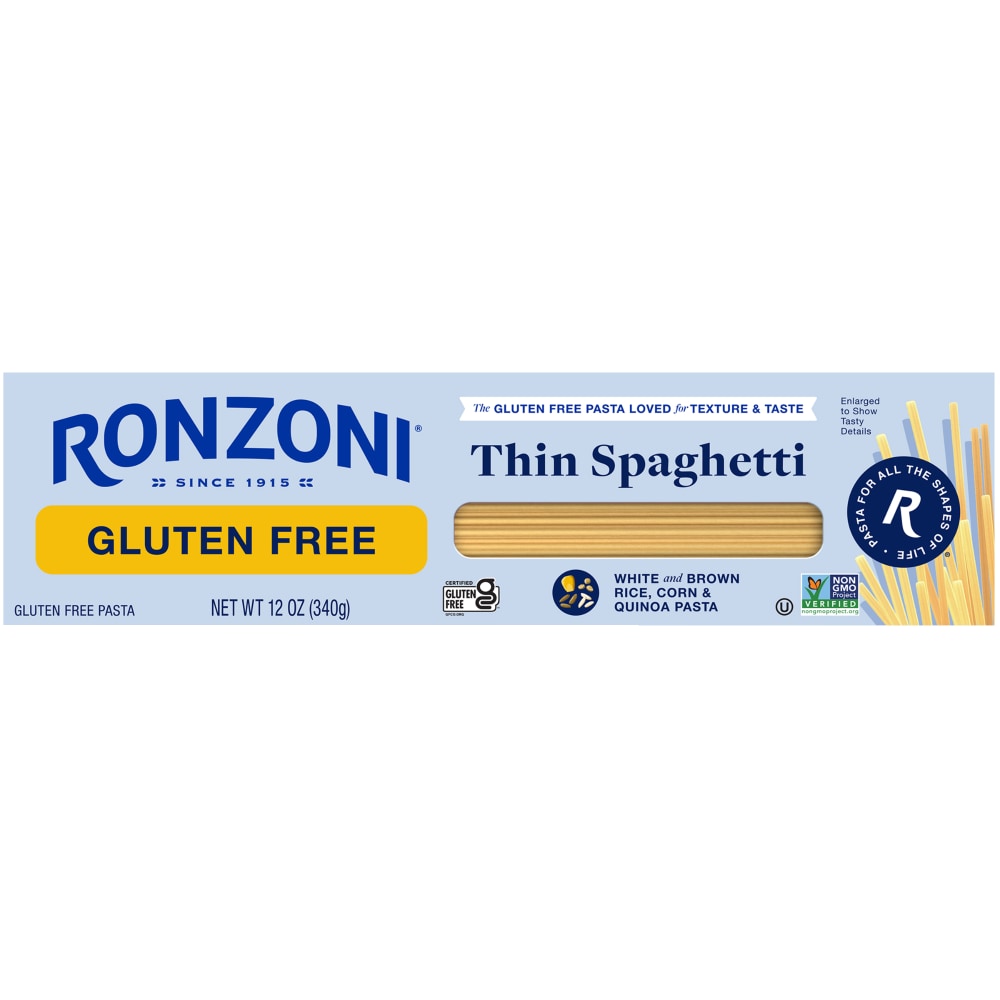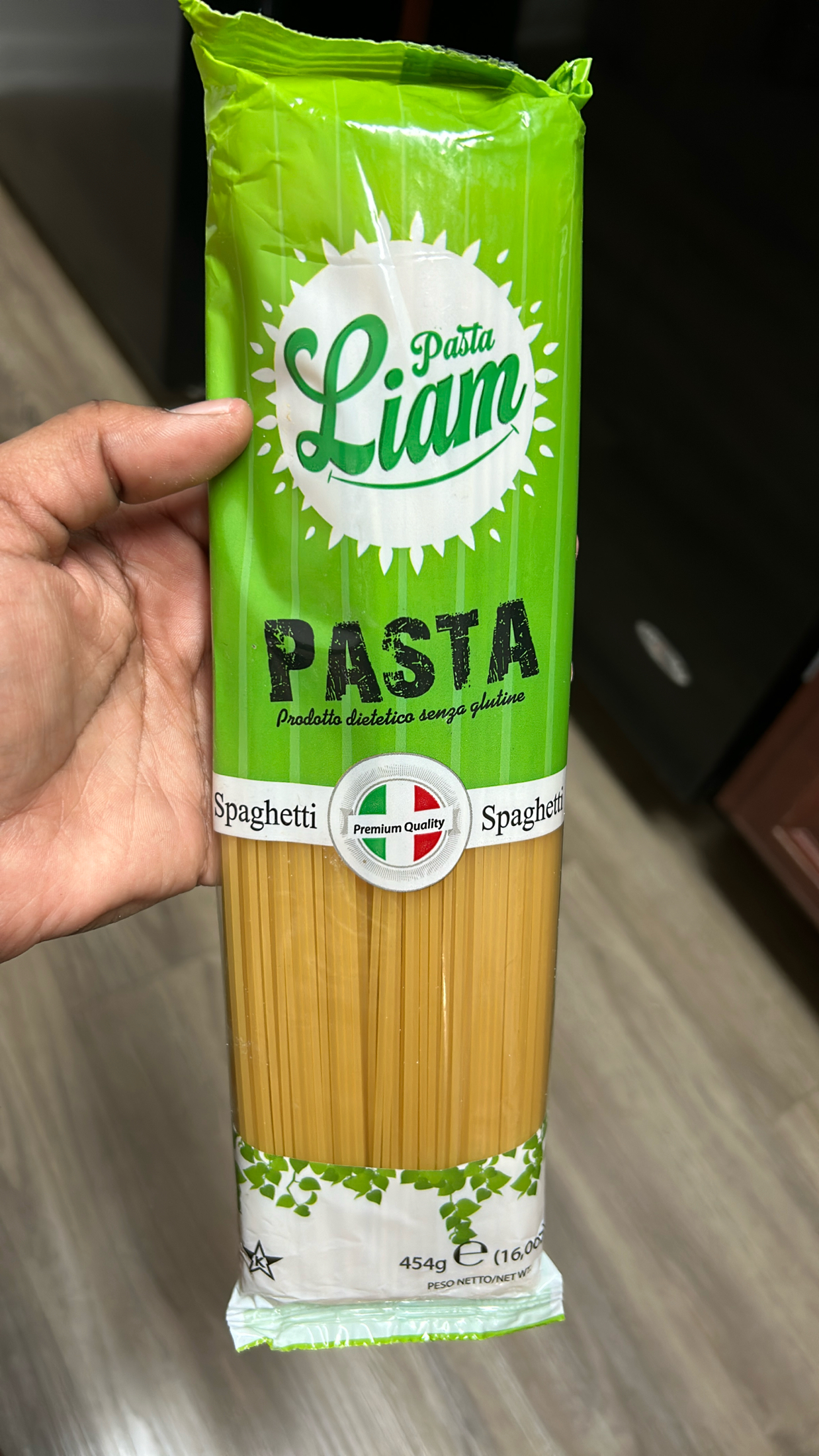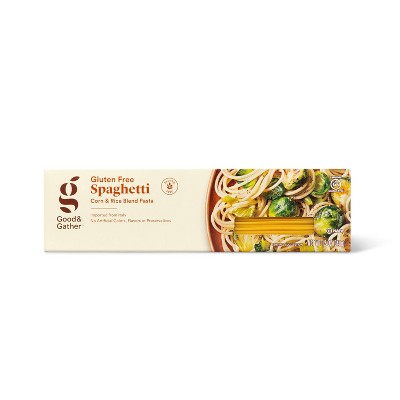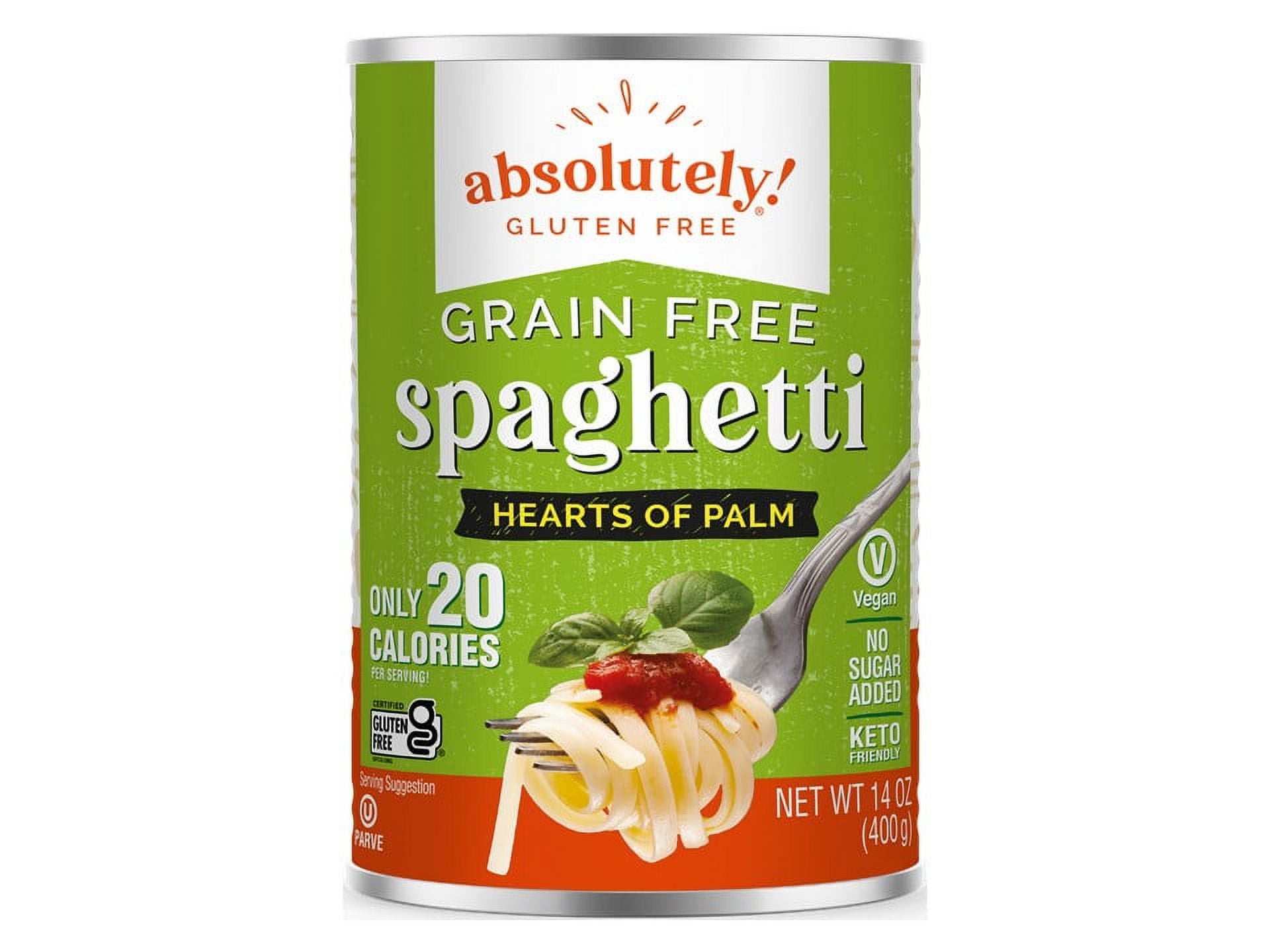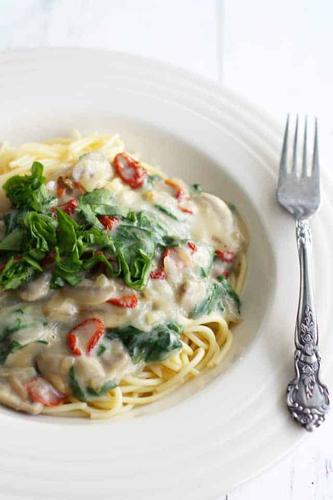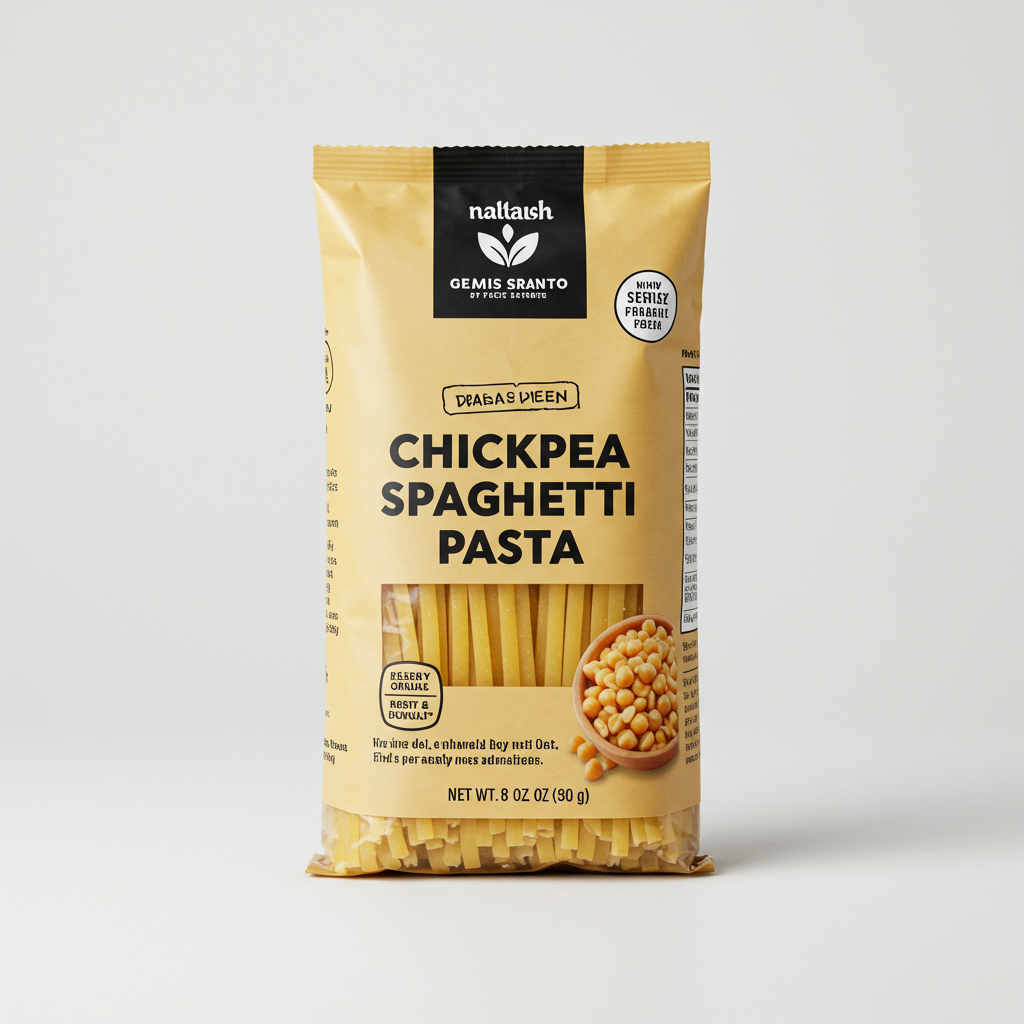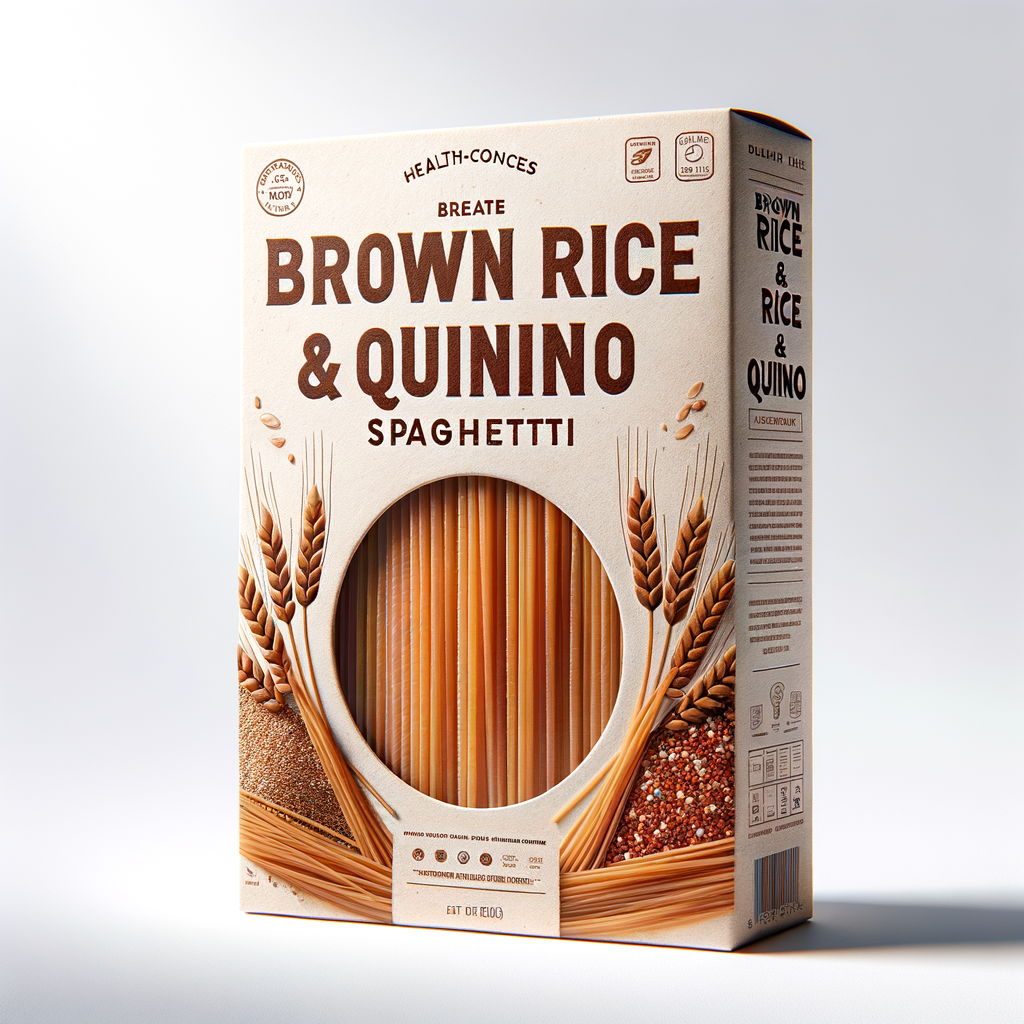MAIN DISHES
SOUPS
SALADS
Gluten Free Spaghetti
Gluten-free spaghetti is a popular alternative to traditional spaghetti for individuals who have gluten intolerance, celiac disease, or who choose to follow a gluten-free diet. It is made with a variety of alternative grains, such as rice, corn, quinoa, or a combination of these, offering a similar texture and taste to wheat-based pasta without the presence of gluten proteins.
For home cooks and consumers, gluten-free spaghetti is a versatile ingredient that can be easily substituted in most pasta dishes. Boil the pasta according to package instructions and toss it with your favorite sauce, vegetables, or protein to create a delicious and satisfying gluten-free meal.
89%
CARBS
3%
FAT
8%
PROTEIN
165 Gluten Free Spaghetti Products
Barilla Gluten Free Spaghetti Pasta
Barilla Gluten Free Spaghetti Pasta
H-E-B Gluten Free Spaghetti
Jovial Cassava Spaghetti, Grain Free
Barilla Gluten Free Spaghetti Non-GMO Project Certified Pasta
Ronzoni Gluten Free Thin Spaghetti, Non-GMO, Vegan Pasta
Spaghetti
Gluten Free Spaghetti
Absolutely! Gluten Free Grain Free Spaghetti Hearts of Palm
bettergoods Gluten Free Spaghetti Multigrain Pasta
Used In 5 Recipes
Gluten Free Spaghetti Is Frequently Used With
Gluten Free Spaghetti FAQ
Cooking gluten-free spaghetti can sometimes be a challenge as it doesn't behave the same way as wheat-based spaghetti. For one, gluten-free spaghetti has an inclination to stick together if not cooked correctly, leading to a frustrating, gummy mass. To prevent sticking, be sure to use plenty of water and stir the pasta regularly, especially during the first few minutes of cooking. Additionally, gluten-free spaghetti tends to cook quicker than traditional pasta, so it's always good to start checking it a few minutes before the package's stated cooking time to avoid overcooking.
Most importantly, gluten-free spaghetti can feel and taste different from regular spaghetti. You might find it a bit denser or heavier. To remedy this, consider pairing it with lighter, more delicate sauces that won't weigh it down or overpower its taste. Always remember to rinse it under cold water after cooking to remove the excess starch and stop the cooking process.
Apart from these slight differences, gluten-free spaghetti can serve as the base for a wide variety of dishes, from traditional Italian to Asian fusion cuisine. It's a great way to reintroduce all those wonderful pasta dishes into your gluten-free menu.
Does gluten-free spaghetti taste different?
Why does my gluten-free spaghetti stick together when cooking?
How can I stop my gluten-free spaghetti from becoming mushy?
Can I use gluten-free spaghetti in all pasta dishes?
Is gluten-free spaghetti healthier?
Why does my gluten-free spaghetti break easily?
Can I make gluten-free spaghetti from scratch?
Why does gluten free spaghetti often have a gritty texture?
How do I reheat gluten-free spaghetti without it getting sticky or mushy?
What type of sauce is best to use with gluten-free spaghetti?
Expiration & Storage Tips
When does gluten free spaghetti expire?
Unopened gluten-free spaghetti can generally last up to two years if stored properly in your pantry. Once opened, try to use within 1-2 months for the best quality, although it may still be safe to consume after this time frame. If you've cooked your gluten-free spaghetti, refrigerate within 2 hours and consume within 3-4 days. Freezing cooked spaghetti is also a viable option, extending its usable life to approximately 1-2 months.
How do you tell if gluten free spaghetti is bad?
If your gluten-free spaghetti has any signs of mold, insects, or a 'off' smell, it's likely gone bad and should be disposed of. Cooked spaghetti will typically look dry and hardened when spoilt, may have a sour or off-putting smell, and could even sport mold spots if it's really old. When in doubt, it's always safer to discard questionable food items.
Tips for storing gluten free spaghetti to extend shelf life
• Unopened, gluten-free spaghetti should be stored in a cool, dry place, like a pantry or cabinet.
• After opening, keep it properly sealed to prevent exposure to air and moisture which can reduce its shelf-life.
• Cooked spaghetti should be stored promptly in an airtight container in the refrigerator. Make sure to let it cool down slightly before covering to avoid condensation.
• To freeze cooked spaghetti, chill it in the refrigerator first, then transfer into freezer-safe bags or containers. Leave a little extra space, as pasta may expand slightly when frozen. Thaw overnight in the refrigerator before reheating and eating.
EXPIRES WITHIN
19 - 29
MONTHS
Substitutes

Vermicelli

Thin Spaghetti

Whole Grain Spaghetti

Angel Hair Pasta

Spaghetti

Bucatini Pasta
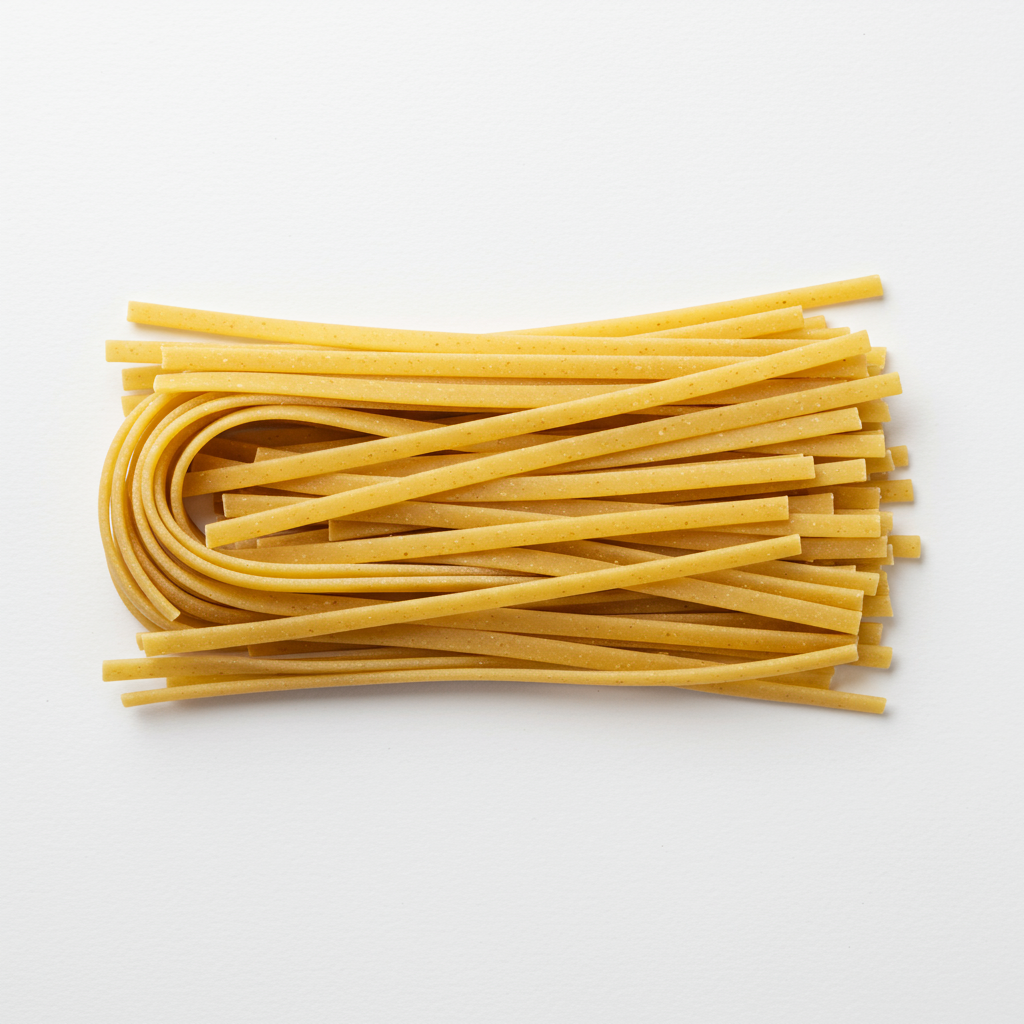
Chickpea Linguine Pasta
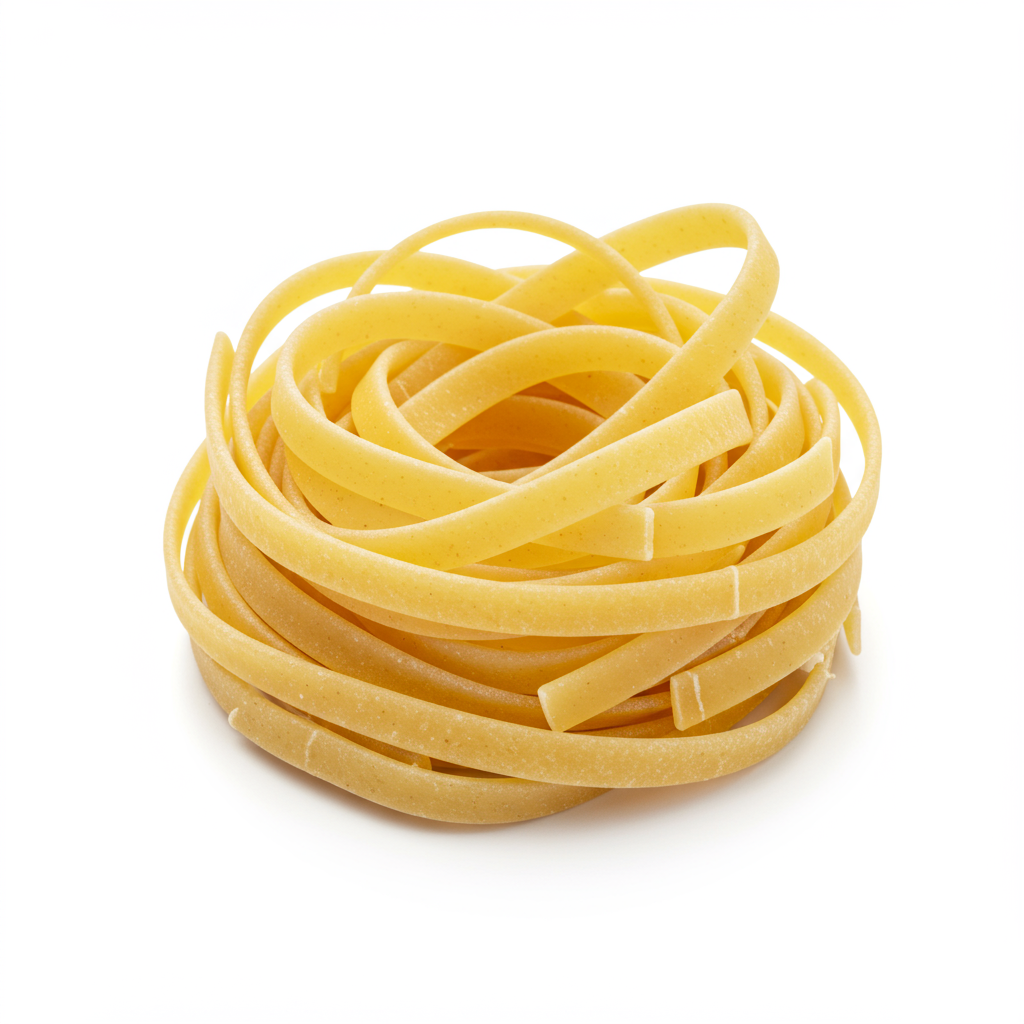
Gluten Free Fettuccine Pasta

Gluten Free Linguine

Whole Grain Linguine
See All
Health Info
Macros
44g
CARBS
1g
FAT
4g
PROTEIN
Allowed on these diets
LOW FAT
HIGH CALCIUM
VEGETARIAN
MEDITERRANEAN
LOW CARB
VEGAN
LACTOSE FREE
GLUTEN FREE

